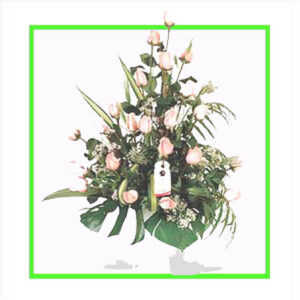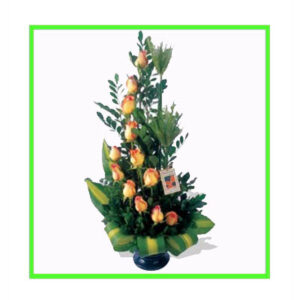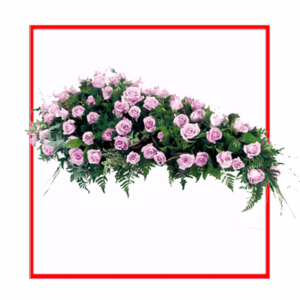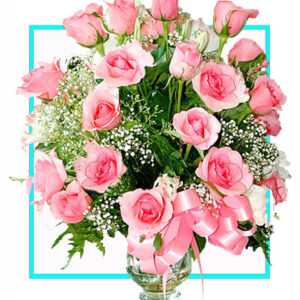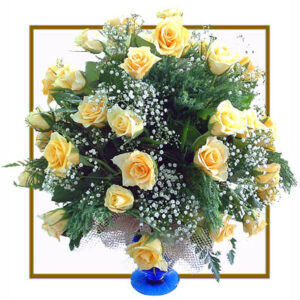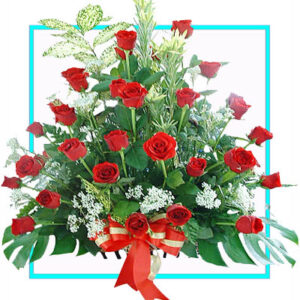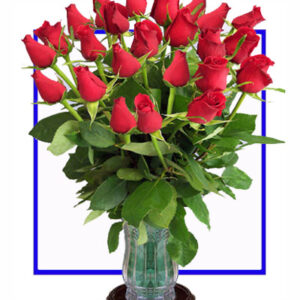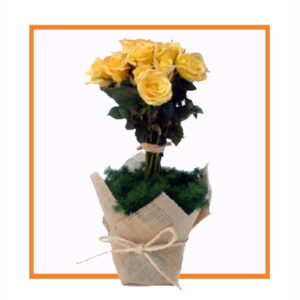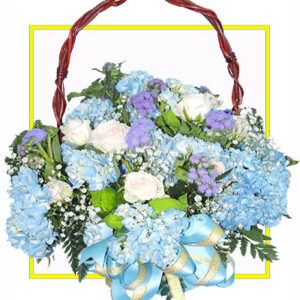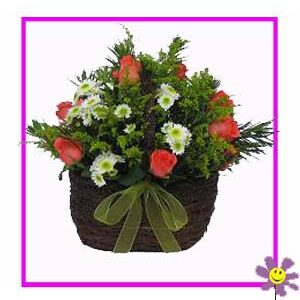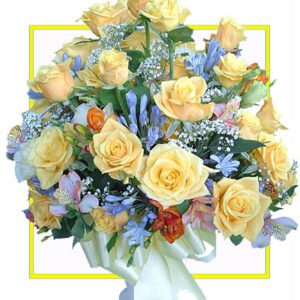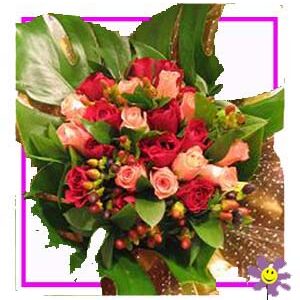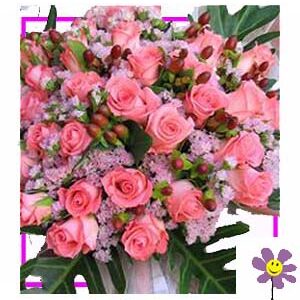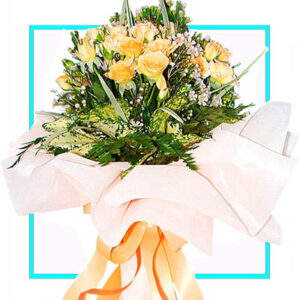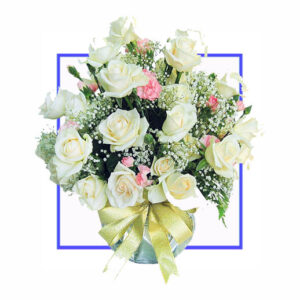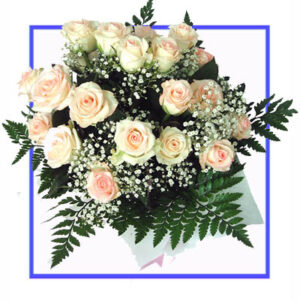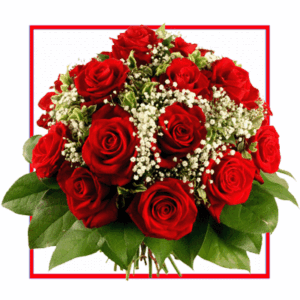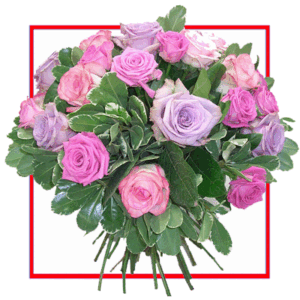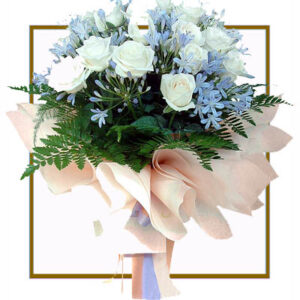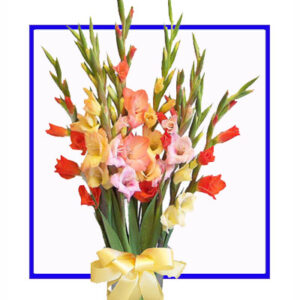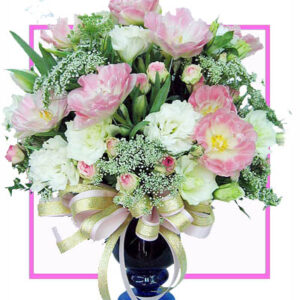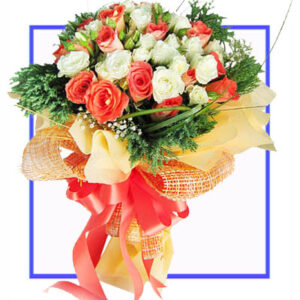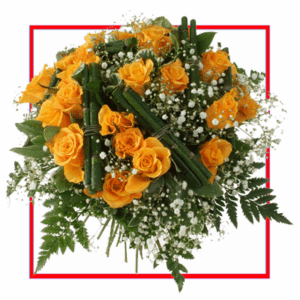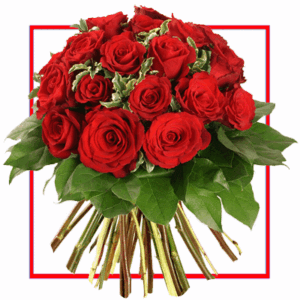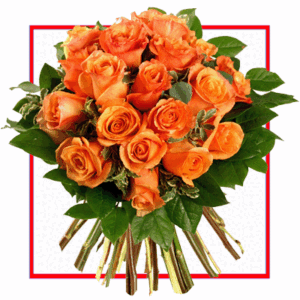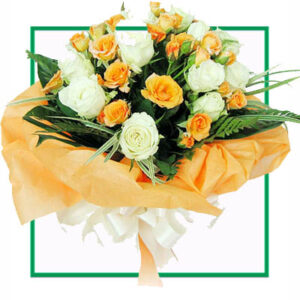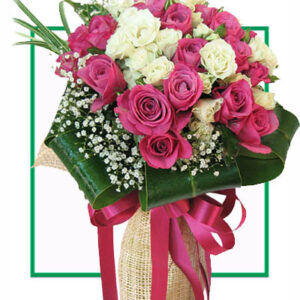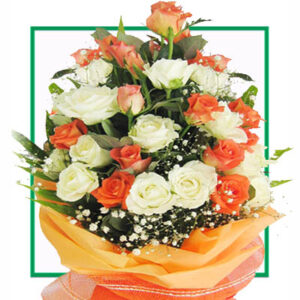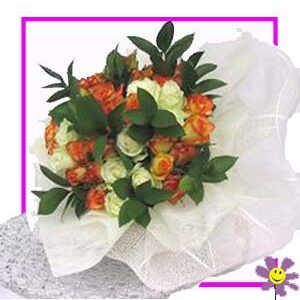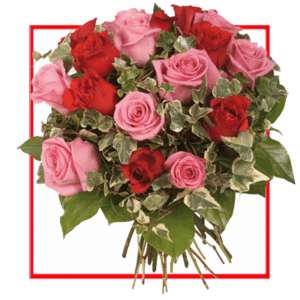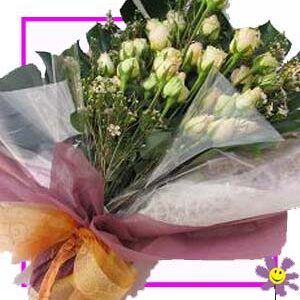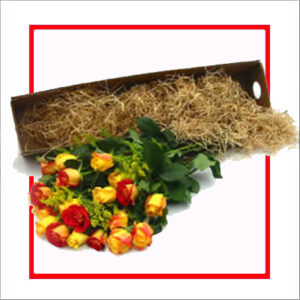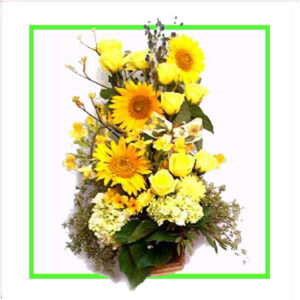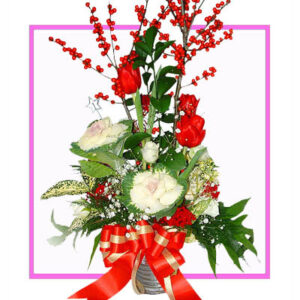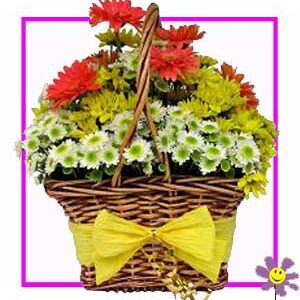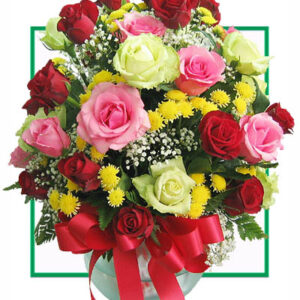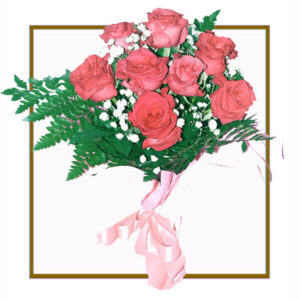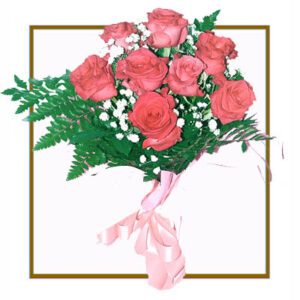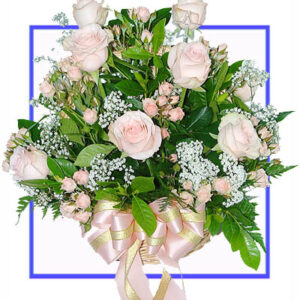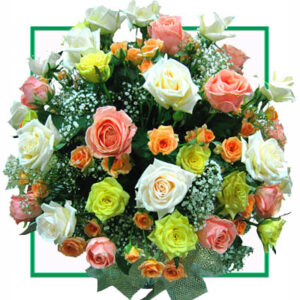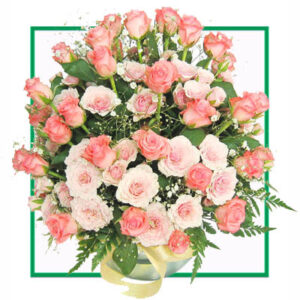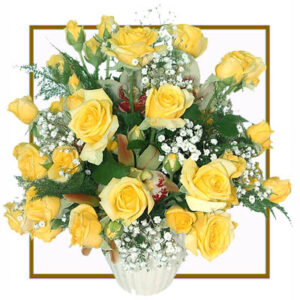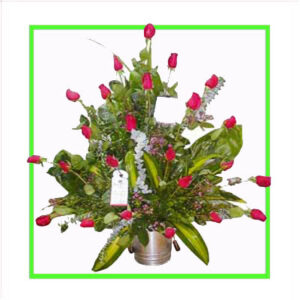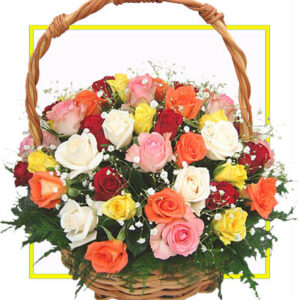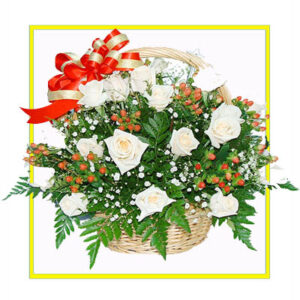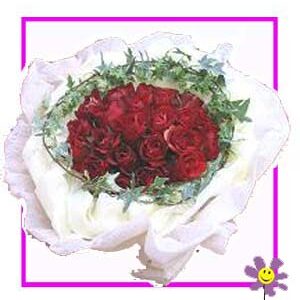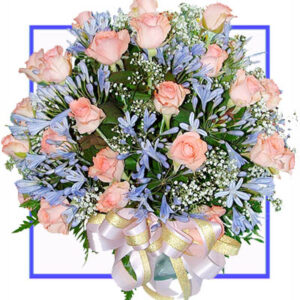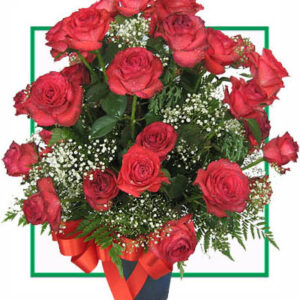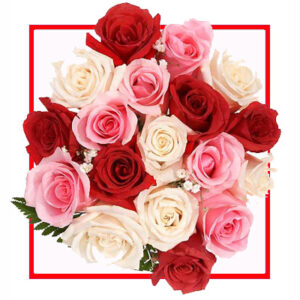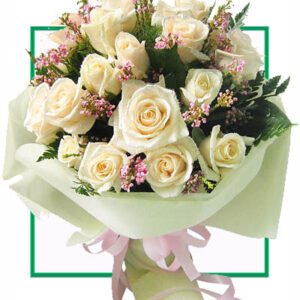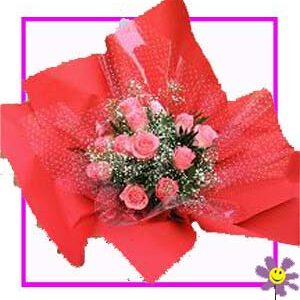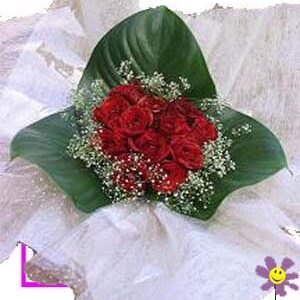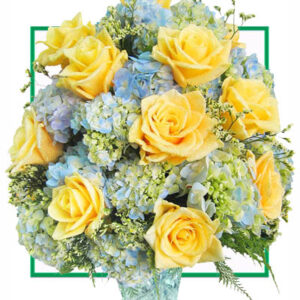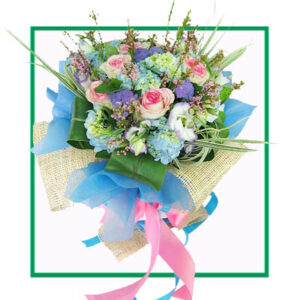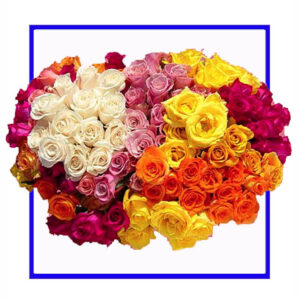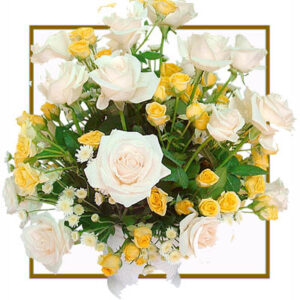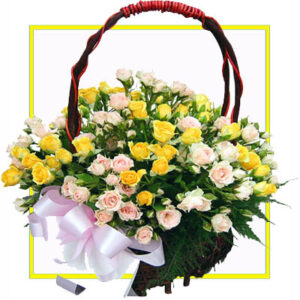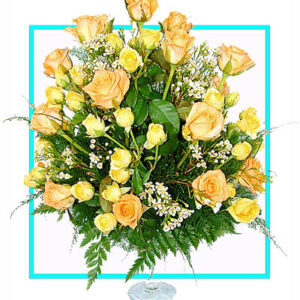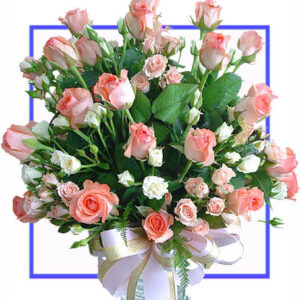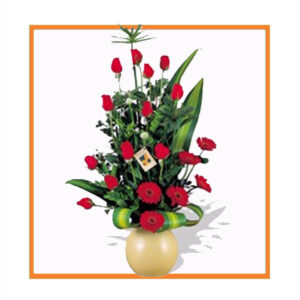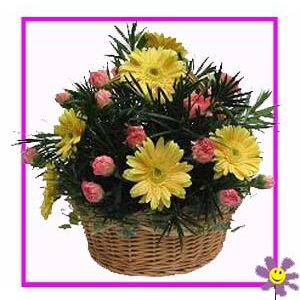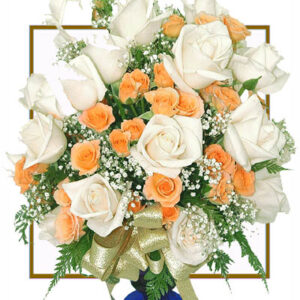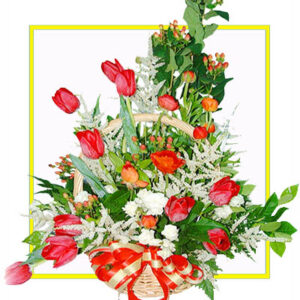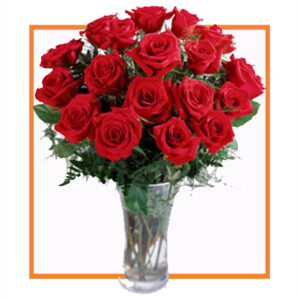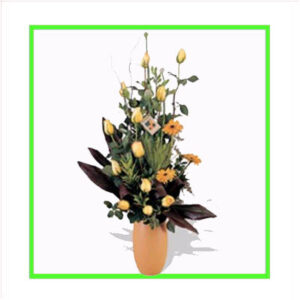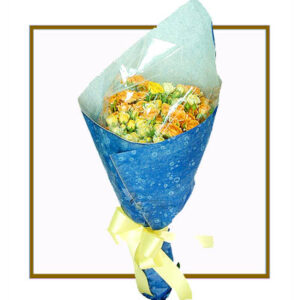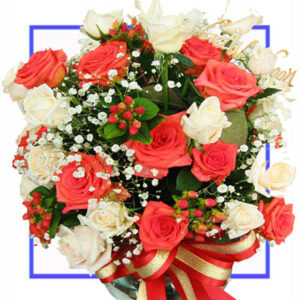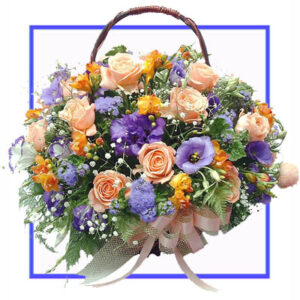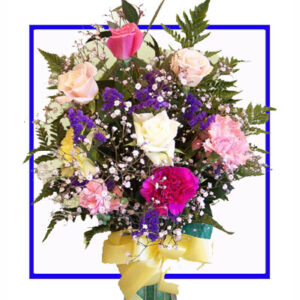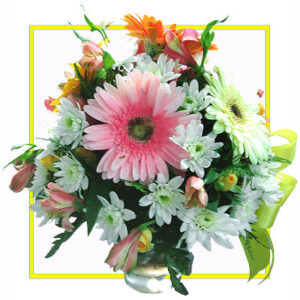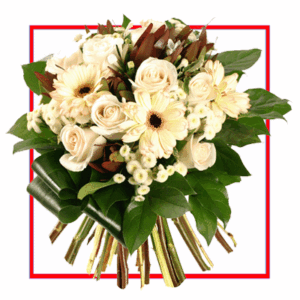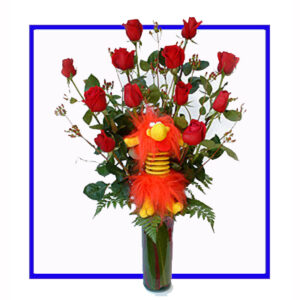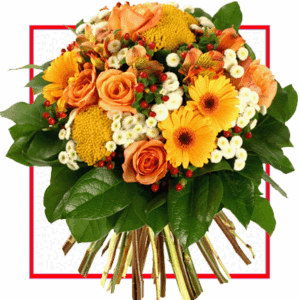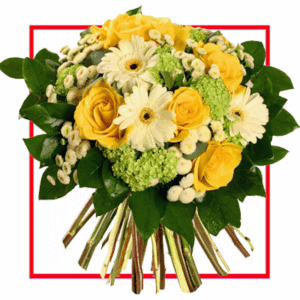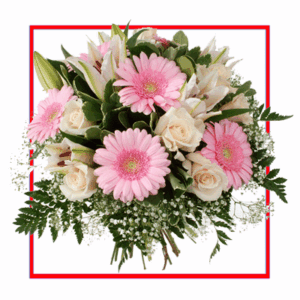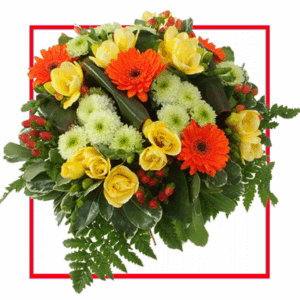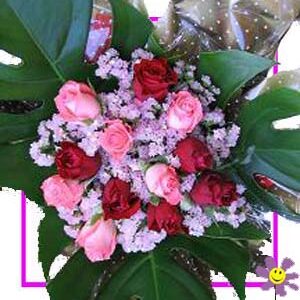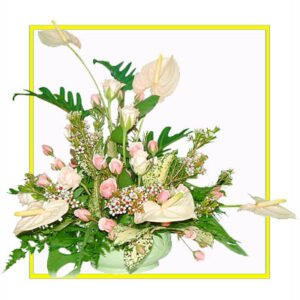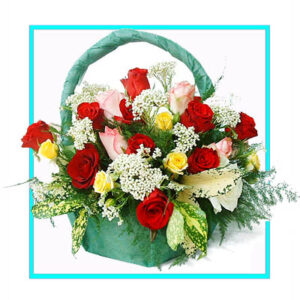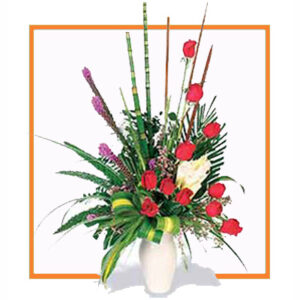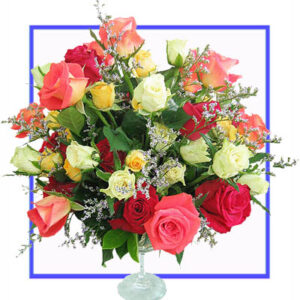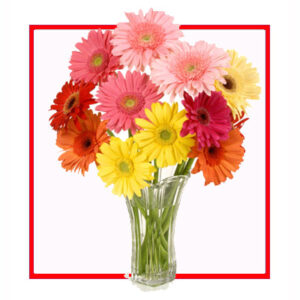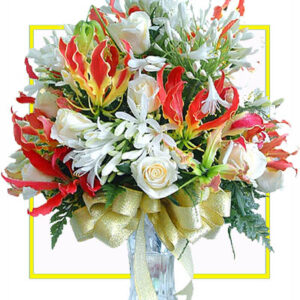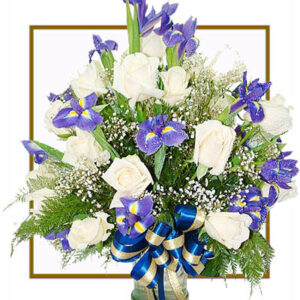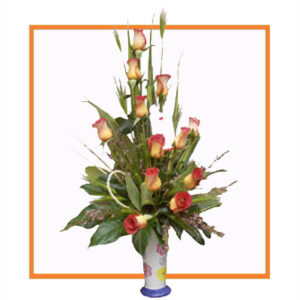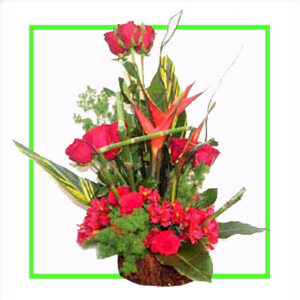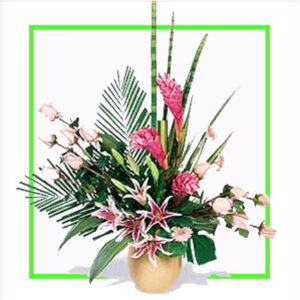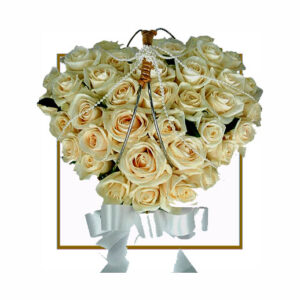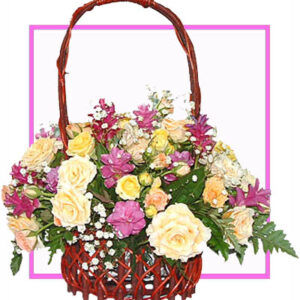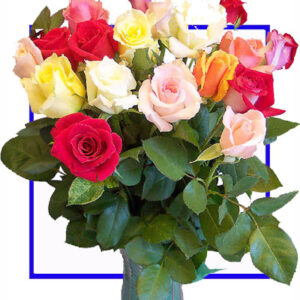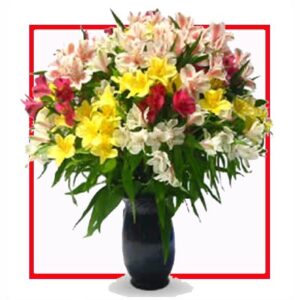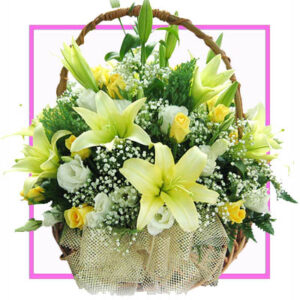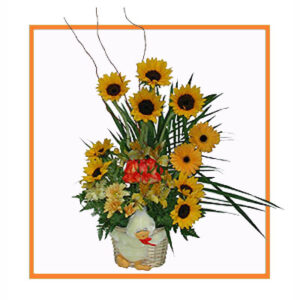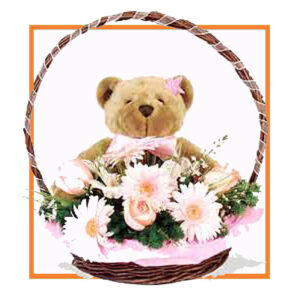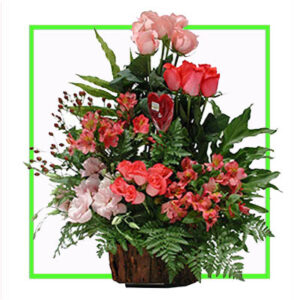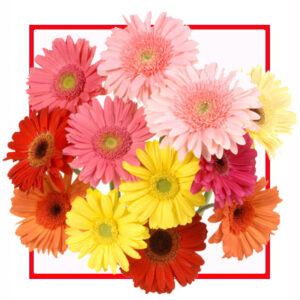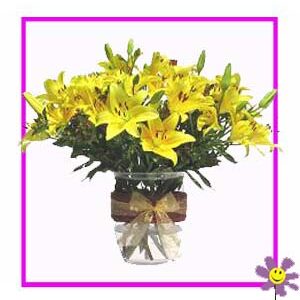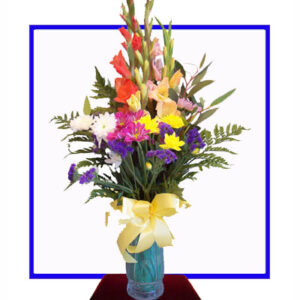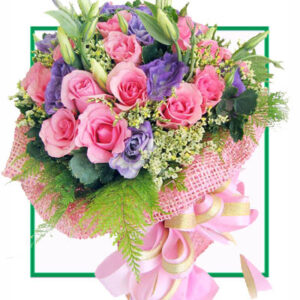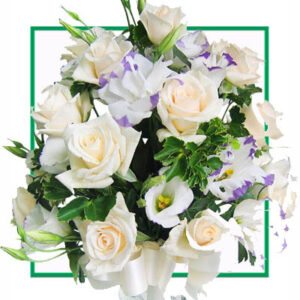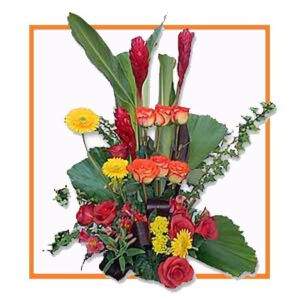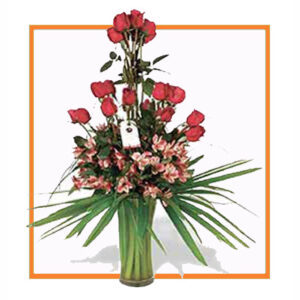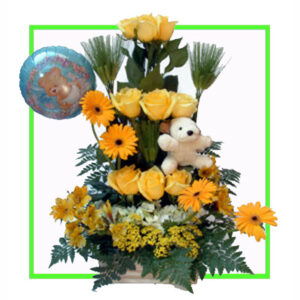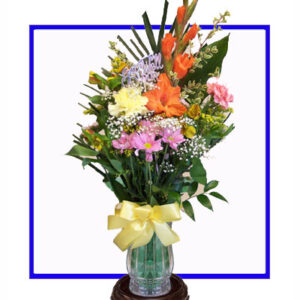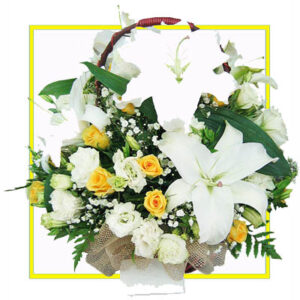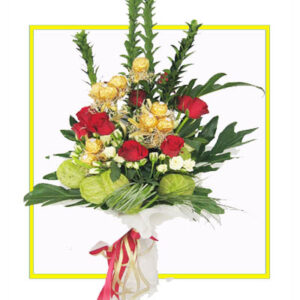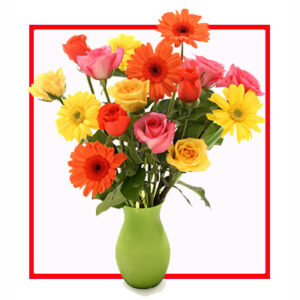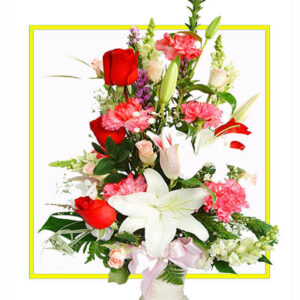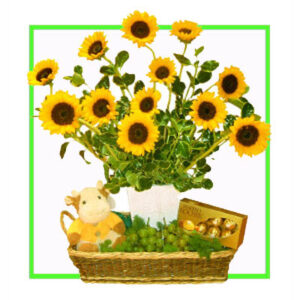Dehradun itself derives its name from the historical fact that Shri Guru Ram Rai Ji, the eldest son of the Seventh Sikh Guru Har Rai Ji, set up his “dera” (camp) in “dun” (valley) in 1676. This ‘Dera’ ‘Dun’ later on became Dehradun. The Mughal Emperor Aurangzeb was highly impressed by the miraculous powers of charismatic Guru Ram Rai Ji. Hence he asked the contemporary Raja of Garhwal, Fateh Shah to extend all possible help to Shri Guru Ram Ji. Initially a Gurudwara(temple) was built in Dhamawala. The Construction of the present building of Darbar Sahib was completed in 1707. There are portraits of gods, goddesses, saints, sages and religious stories on the walls. There are pictures of flowers and leaves, animals and birds, trees, similar faces with pointed noses and big eyes on the arches which are the symbol of the colour scheme of Kangra-Guler and Mughal art. High minarets and round pinnacles are the models of the Muslim architecture.(The huge Talab in the front measuring 230 x 80 feet which had dried up for want of water over the years and in which people had been dumping rubbish, has now been renovated and revived. Now whoever pays a visit to the Shri Darbar Sahib would definitely notice this change.)
The history of the capital of Uttarakhand, Dehradun (sometimes written as Dehra Doon, nicknamed “Doon Valley”) is linked to the story of Ramayana and Mahabharata. It is believed that after the battle between Ravan and Lord Ram, Lord Ram and his brother Laxman visited this site. Dronacharya, the legendary royal guru to the Kauravas and Pandavas in the epic Mahabharata is also believed to have been born and resided in Dehradun. Evidence such as ancient temples and idols have been found in the areas surrounding Dehradun which have been linked to the mythology of Ramayana and Mahabharata. These relics and ruins are believed to be around 2000 years old. Furthermore, the location, the local traditions and the literature reflect this region’s links with the events of Mahabharata and Ramayana. Even after the battle of Mahabharata, the Pandavas had influence on this region as the rulers of Hastinapur along with the descendants of Subahu ruled the region as subsidiaries. Likewise, Rishikesh is also mentioned in the pages of history when Lord Vishnu answered the prayers of the saints, slaughtered the demons and handed the land to the saints.
Dehradun has a per capita income close to $2400 (national average $800), and has enjoyed strong economic growth in the last 20 years. Dehradun today has experienced a commercial and information technology boom, amplified by the establishment of Software Technology Parks of India (STPI) and various SEZs (special economic zones) throughout the city. The construction of the Delhi-Dehradun four lane highway will enable more economic development. Paltan bazar and Rajpur road are the economic heart of business in Dehradun. There are also 3 multiplexes situated namely Glitz cinemas near isbt,Silvercity multipex in rajpur road and Reliance Big Cinemas inside Vikas cinemall in Indira Nagar respectively. A large number of malls are coming up in the city to boost the economy which is also adding to the reduction in forest cover and change in climate/environmental conditions.Dehradun boasts of major fashion and retail stores such as Calvin Klein, Tommy Hilfiger, Nike, Puma, Reebok, Madame, Adidas, Club America, French connection are some of them.
The climate of Dehradun is generally temperate, although it varies from tropical; from hot in summers to severely cold, depending upon the season and the altitude of the specific location. The nearby hilly regions often get snowfall during winter, but although the temperature in Dehradun can reach below freezing during severe cold waves this is not a frequent occurrence. However, Summer temperatures can reach up to 40°C for a few days in the summer, whereas winter temperatures are usually between 1 and 20°C. During the monsoon season, there is often heavy and protracted rainfall. Dehradun and other plains areas of Uttarakhand see almost as much rainfall as Coastal Maharashtra and more than Assam. The weather is considered to be good during winter in the hilly regions but it is often hot in the “Doon” valley. Agriculture benefits from fertile alluvial soil, adequate drainage and plentiful rain. Mountain areas are also used for agriculture. Dehradoon is known internationally for its variety of Basmati rice and Lychees.
Dehradun /?d?r?’du?n/ is the capital city of the state of Uttarakhand in the northern part of India. Located in the Garhwal region, it is 236 km north of India’s capital New Delhi and is one of the “Counter Magnets” of the National Capital Region (NCR) being developed as an alternative centre of growth to help ease the migration and population explosion in the Delhi metropolitan area. Dehradun is located in the Doon Valley on the foothills of the Himalayas nestled between two of India’s mightiest rivers – the Ganges on the east and the Yamuna on the west. The city is famous for its picturesque landscape and pleasant climate and provides a gateway to the surrounding region. It is well connected and in proximity to popular Himalayan tourist destinations such as Mussoorie, Nainital and Auli and the Hindu holy cities of Haridwar and Rishikesh along with the Himalayan pilgrimage circuit of Char Dham.
Buses are identified with blue bars. There are also auto-rickshaws which are often used for transportation but also blamed for pollution and noise. The evening buzz of Rajpur road is an attraction. After becoming the capital of Uttarakhand, the development of the city has accelerated but it is still known as a peaceful city with pleasant weather. The center of the city is easily recognised by the Clock Tower (Ghanta-ghar), a structure with six functioning clocks. The statue of San Dijen placed in Shanti Niketan contributes to the beauty. This is the reason that Dehradun is home to many artists and writers like Stephen Alter, Nayantara Sahgal, Allan Sealy, and Ruskin Bond, who either stayed in Dehradun for a long time or wrote during their stay. Dehradun was home to freedom fighters whose names are engraved in gold on the Clock Tower.
Dehradun is also renowned for its natural resources, publishing services and particularly for its prestigious educational institutions. It hosts some of India’s best boarding schools and training institutions of national importance such as the Indian Military Academy. It is also home to national foundations such as the Ordnance Factory Dehradun and Opto Electronics Factory of the Ordnance Factories Board and the Defence Electronics Application Laboratory and Instruments Research and Development Establishment of the Defence Research and Development Organisation which maufactures products for the Indian Armed Forces. Other institutions include the Indian Institute of Petroleum, Oil and Natural Gas Corporation, Survey of India, Indian Institute of Remote Sensing, Wildlife Institute of India and the Forest Research Institute .
Woolen blankets are typical of this region and worn by people living at high altitude. Women wear saris with full sleeved blouses along with angra, a kind of jacket. Girls used to wear full skirts with scarfs covering their head and shoulders; more recently they have adopted more modern day wear and salwar suits. In villages and to a lesser extent in towns, men wear the traditional dhoti, angarkha and langoti. The way dhotis are worn represents backgrounds and castes: Short dhotis represent low status whereas long dhotis represent high status. It is more common in urban areas for men to wear shirts and trousers, denims or kurta-pyjamas as daily wear. In winter men usually dress in jacket, hat and overcoat. Hemp is grown in great quantities in this region, so its yarn is frequently used as lining.
As per provisional reports of Census India, population of Dehradun in 2011 is 578,420; of which male and female are 303,411 and 275,009 respectively. The sex ratio of Dehradun city is 906 per 1000 males. From literacy perspective, total number of literates in Dehradun city is 463,791, of which 251,832 are males and 211,959 are females. Average literacy rate of Dehradun city is 89.32 percent, whereas male literacy and female literacy rates are 92.65 and 85.66 percent, respectively. Total number of children of age under six in Dehradun city is 59,180 as per figure from Census India report on 2011. There are 31,600 boys while 27,580 are girls. Child sex ratio of girls is 873 per 1000 boys.
Road: Dehradun is linked to all parts of the country by road. Deluxe buses are easily available from Delhi to Dehradun. Deluxe and semi-deluxe buses run to Shimla and Mussoorie from Dehradun Interstate bus terminal (ISBT) near Clement Town. A deluxe bus service is offered by UPSRTC to and from Delhi (Gandhi Road). From ISBT there are bus services to Dehradun and Mussorie every 15–70 minutes. There are also buses available to and from cities neighbouring Dehradun starting at the Parade Ground. The distances to Dehradun from some of the major cities are Delhi 255 km, Haridwar 54 km, Risikesh 42 km, Agra 382 km, Shimla 221 km, Yamunotri 279 km, Kedarnath 270 km and Nainital 297 km.
Dehradun is home to some of India’s renowned educational institutions.The Doon School,Cambrian Hall,Shri Guru Ram Rai Public School St. Thomas’ College, Dehradun, St. Joseph’s Academy, Rashtriya Indian Military College, Brightlands School, Marshall School, Dehradun, Welham Girls School and Welham Boys School. Several Indian and International luminaries have attended these schools. There are numerous forest officials in India who have attended the Forest Research Institute in Dehradun. It is also home to many different religious schools as well as public schools. Yoga, Ayurveda and meditation also have great influence in Dehradun.
Dehradun is a part of Garhwal region, therefore the local customs of the Garhwali people have had a great influence on its culture. Garhwali and Hindi are the primary languages spoken in this state. Other languages spoken in this region are Punjabi, English and Kumaoni. There are people from differing religions and backgrounds residing here. After becoming the capital, there has been continuous growth in education, communication and transport. As the state capital, Dehradun is home to many government institutions. Dehradun is also renowned all over India for its quality education institutions.
Dehradun is made up of two words Dehra and doon. ‘Dehra’ is derived from the word “dera”, meaning camp, and “doon” is a term for the valley that lies between the Himalayas and the “Shivaliks”. When Guru Ram Rai, son of Guru Har Rai, came to this region along with his followers, he established a camp here for their stay. It was around this time that the modern city of Dehradun started to develop. This is when the word Dehra was linked to doon, and thus the city was named Dehradun. Some historians also believe that the word Dehra cannot be regarded as a term for camping.
The district contains Rajaji National Park which is home to several elephants. The Doon valley has the Terai and Bhabar forests within it as well as the Shiwalik hills and Lesser Himalayan Range containing hill stations such as Mussoorie and Chakrata. The district is bordered by the Himalayas in the north, the Sivalik Hills to the south, the river Ganges to the east, and the Yamuna river to the west. Towns located in the foothills of the mountain ranges include Mussoorie,Sahastradhara, Chakrata, Lahkhamondal, Gautam Kund Chandrabani and Dakpathar.
Dehradun has many beautiful old buildings. After Dehradun was made the capital of Uttarakhand there was a construction boom, especially in residential property. Modern buildings have gradually supplanted older architectural styles including those related to the British colonial rule of India. Important older buildings include Clock Tower, Forest Research Institute, CNI College, Morrison Memorial Church, Inamullah Building, Jama Masjid, Osho Meditation Center, Indian Military Academy and Darbar Sahib.
There are fairs (melas) throughout the year. Notable fairs include Magh Mela, held on the 14 January and Jhanda Mela in March, a fair for the Hindu community that attracts Hindus from all over India and abroad. There are different religions followed in this state and they are Hindu, Buddhist, Sikh etc. Sikhismis prominent religion in Dehradun with over 25% population representing Sikhs. The Sikhs are prominent in Racecourse, Vasant Vihar, Dalanwala and other areas of the town.
In the seventh century this area was known as Sudhnagar and was described by the Chinese traveler Huen Chang. It was Sudhnagar that later came to be recognised as the name of Kaalsi. Edicts of Ashoka have been found in the region along the banks of river Yamuna in Kaalsi indicating the wealth and importance of the region in ancient India. In the neighbouring region of Haripur, ruins were discovered from the time of King Rasala which also reflect the region’s prosperity.
Jawaharlal Nehru, India’s first Prime Minister, was quite fond of the city and often visited the city and spent his last few days here before passing away in Delhi in 1964. Another leader from the independence movement, Rash Behari Bose, who was one of the key organisers of the Ghadar conspiracy and later, the Indian National Army was based in Dehradun in his early days before he was forced to move to Japan in 1915 to continue the freedom struggle.
This district is divided into two major parts, the main city Dehradun surrounded by Shivalik and the Himalayas, and Jaunsar Bavar, which is located in the foothills of Himalayas. In the north and northwest it borders on the district of Uttarkashi and in the east by Tehri and Pauri. In the west, it is bordered by Sirmaur district of Himachal Pradesh and the Tons and Yamuna rivers. To the south are Haridwar and Uttar Pradesh’s Saharanpur district.
National Institute for Visually Handicapped (NIVH) plays a key role in helping the blind people. It is the first such institute in India and also the first press for Braille script in the country. which provides education and service to the blind children. Dehradun also houses organizations like ‘The Latika Roy Foundation’ for people with disabilities have access to education, employment, and full inclusion in the community.
Send Flowers to Dehradun
CopyRights © 2024 Glowyflowers.com. (SV Mobile Teleshoppe Private Limited.)All Rights Reserved
Product has been added to your cart

